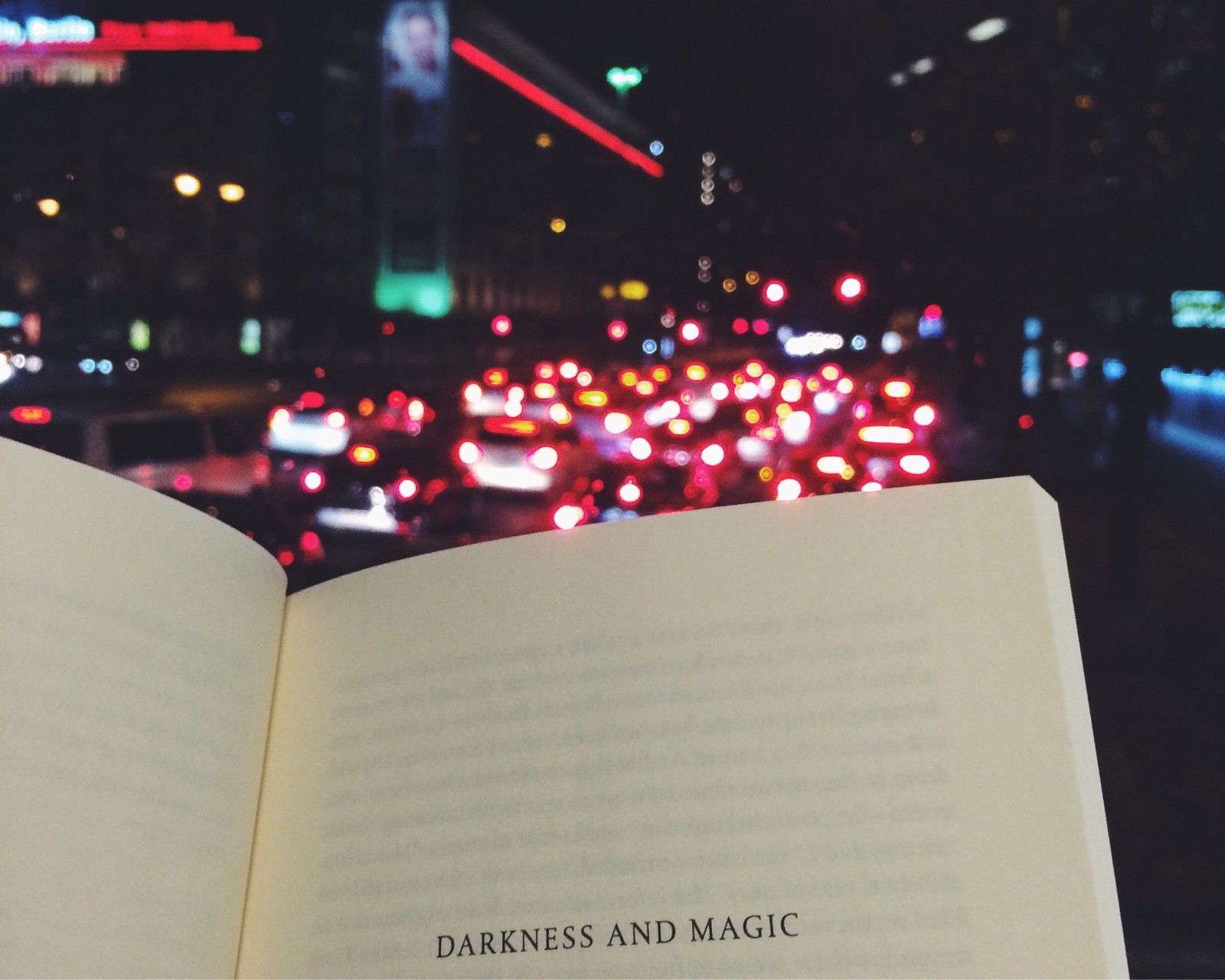Brain-Eye Coordination
December 31, 2015 Analog Digital Marshall McLuhan Craig Mod
The mind’s puzzling insistence on the analog

For a long time, I used to think that the divide between analogue and digital is an artificial one, something we use to rationalize our unease with change and the friction it brings to our lives. Just take what I wrote earlier this year:
When physical products are replaced with digital appropriations, many of the things in our environment disappear. And while technology is clearly capable of such quick advances, human beings aren’t — they take some time to adjust, to reshuffle the order we have in our heads. As Marshall McLuhan once put it: “We march backwards into the future.”
Lately, I haven’t been so sure anymore, have had lingering doubts that the transition to digital simply takes some getting used to. Two things got me rethinking my stance: The first was a paragraph I read in Craig Mod’s newsletter, one of the responses to his call for information on reading habits:
“Books as organic-derived objects have a different connection with the hand, and probably the brain, than the mechanical shell of an e-reader. As simplistic as that may seem — equating a tactile experiential quality to information — reading is an intimate human experience, requiring at least some degree of emotional connectivity in order to fully realize. For me, it turns out paper, cloth, and cardboard help form that connection in a more pleasing and meaningful way.”
It is a curious thought that analogue reading somehow hits a different nerve with us. Theoretically, the brain should not care whether the information it receives comes from a piece of paper or glass. Whether analogue or digital, the act of reading is fundamentally the same. And while page layout and typography undoubtedly play a role in a pleasant reading experience, it’s no longer the case that only physical books provide one.
That anonymous response nevertheless rings true: I find that I get immersed very differently in printed books or magazines than in their digital equivalents. In print, it is a feeling of subconscious focus, whereas in digital it is a feeling of voluntary distraction. It’s like the difference between a sit-down meal and one from a to-go container: Both resolve the hunger but leave you feeling saturated in different ways.
Before I say why that bothers me, let me tell you about the second thing that got me thinking. It’s a notebook, a red one, in which I have been scribbling interview notes during my most recent job. I went around Berlin to interview startup entrepreneurs for an upcoming publication. And even though I made my usual audio recordings, I later found the written notes infinitely more helpful in writing articles: I would open the red notebook and feel transported back into the conversation. Sure, my notes were far from perfect, often consisting of smudged pencil strokes, but deciphering them helped me recall all the details of the conversation, the context, and even the expression on interviewees’ faces.
I do, of course, take notes all the time. Just not usually in handwritten form. On the go, I jot down thoughts and ideas in Things and at the computer, I always have a hand-full of TextEdit windows open, full of sentences fragments, numbers, quotes. Both tools are undoubtedly convenient (none need a pencil sharpener), but I don’t remember them ever having helped me recall a scene so completely as those handwritten notes.
When I mention my surprise about this to others, I get anecdotal confirmation and varying explanations. The one that makes the most sense is that (at least in my generation) we learned to read in print and write on paper years before touching screens and hitting keyboards, and that it has edged such deep grooves into our minds that we simply process information better that way.
As sensible as I find that explanation, I also find it hard to accept. I appreciate print for all it is and does, marvel at beautifully made books and the act of sitting down with them. But I also regard the digital transformation as an immense opportunity to take those qualities to the next level: make them interactive and more accessible, broaden their reach. I don’t want the digital to wipe out the analogue, but want it to be just as good in the areas where it matters: Information retainment and immersion. In other words: I would like digital reading and writing to hit those sweet spots it currently doesn’t, for my brain to stop making that curious differentiation.
Back when I was learning English, our teachers encouraged us to use flash cards for each word: Write German on one side, English on the other, study by reading. Many years later, I find myself using the same technique to learn Spanish. It still works the best, and as anachronistic as a stack of flash cards seems in the digital age, I can’t help but wonder if I am the one who simply needs to get used to it.